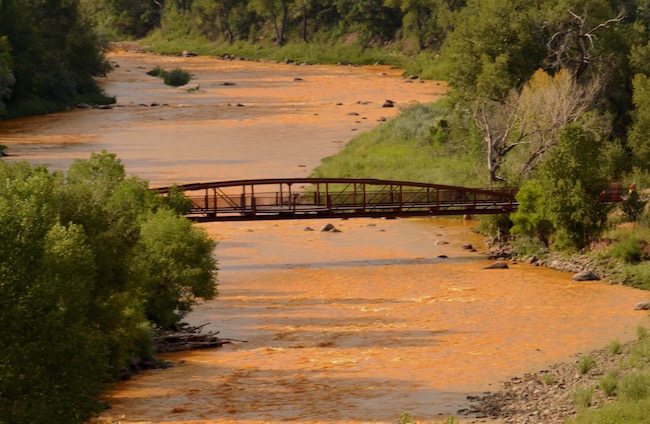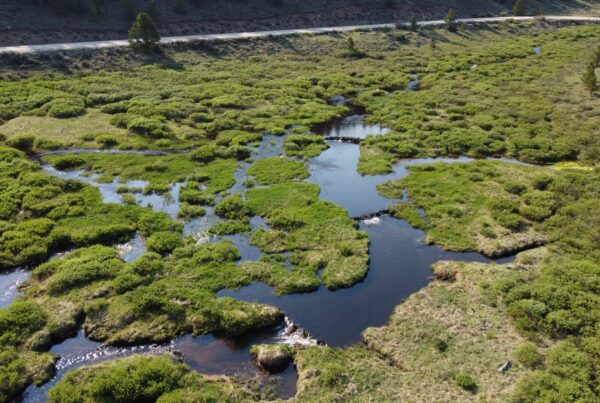Has Animas River spring runoff been normal? Is normal safe? Definitely. Not. Got it?
Late spring in the West means surging creeks and rivers. As water flows rapidly increase, so does the water’s turbidity and discoloration.
Still reeling from the psychological impact of seeing our river turn orange, many in our community met this year’s “ordinary” spring runoff with understandably heightened anxiety. What lingering toxins are hidden in this year’s flow? Am I safe?
Wade into the murky water with me.
The answer most consistently provided by community leaders is summed up by this statement on the San Juan Basin Health Department website: “Despite the increased discoloration, continuous monitoring of water quality in Cement Creek and the Animas River shows no changes that are concerning for environmental or public health.”
Said another way: We’re monitoring the situation, nothing to see here, move along.
I find this statement misleading.
San Juan Basin Health, working with the Environmental Protection Agency, U.S. Geologic Survey and Colorado Department of Public Health and Environment, has installed three continuous water quality monitors between Silverton and Durango. Additional monitors are maintained downstream by other entities. These monitors test for temperature, turbidity, pH and conductivity.
Continuous monitors are invaluable as part of an early alert system for detecting another major pollution event. Using correlations with historic data, they can also provide limited guidance on what metal levels in the water column might be, but let’s be clear: This continuous monitoring system does not test for concentrations of individual metals in real time.
For that, San Juan Basin Health manually pulls water samples once per week during spring runoff, and once every two months for the remainder of the year. Those samples are shipped off to a lab with results returning in four to six weeks.
What we know about water quality in any given moment, therefore, is 1) we’re not experiencing a blowout-like event and 2) four to six weeks ago metal levels were or were not of concern.
The city of Durango, working with Mountain Studies Institute, has also been pulling manual samples. They have published the results of their water sampling online. Check them out at www.mountainstudies.org.
During the time that various leaders have been telling the community that there have been “no changes that are concerning for public or environmental health,” Mountain Studies Institute’s samples showed instances of lead and manganese elevated above domestic water supply standards and aluminum and iron elevated above levels established for chronic aquatic life exposure.
Perhaps as disturbing, these elevated readings are not without historic precedent. We had readings surpass standards during spring runoff before the Gold King spill.
The take home is this: The data clearly show that some metals have surpassed some water quality standards and that these types of exceedances are not without historic precedent.
Said another way: The spring runoff water column raises some concern, not because of the Gold King Mine spill, but because we live downstream of a historic mining district that’s never been cleaned up.
Whew. That was exhausting. Which is why, I assume, some public agencies prefer the simplistic, if misleading, we’re monitoring, nothing to see here, move along please.
I believe that all involved with the monitoring and reporting of water quality in the Animas River are guided by the best of intentions. Those intentions aside, however, the challenge remains: How do we communicate timely and relevant information about health risks associated with complex and highly variable systems without causing unnecessary concern?
Almost a year on since the Gold King Mine spill, I’m not sure we’ve found that sweet spot yet.
This content first published in The Durango Herald’s Thinking Green Column here.




